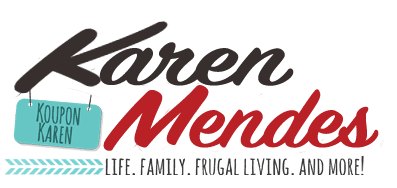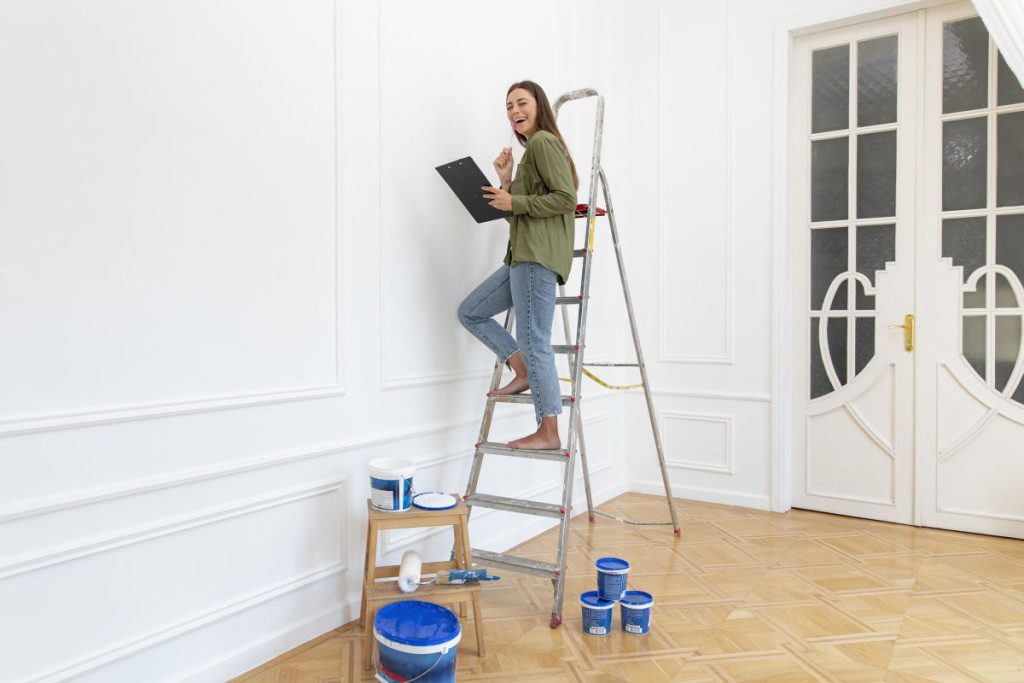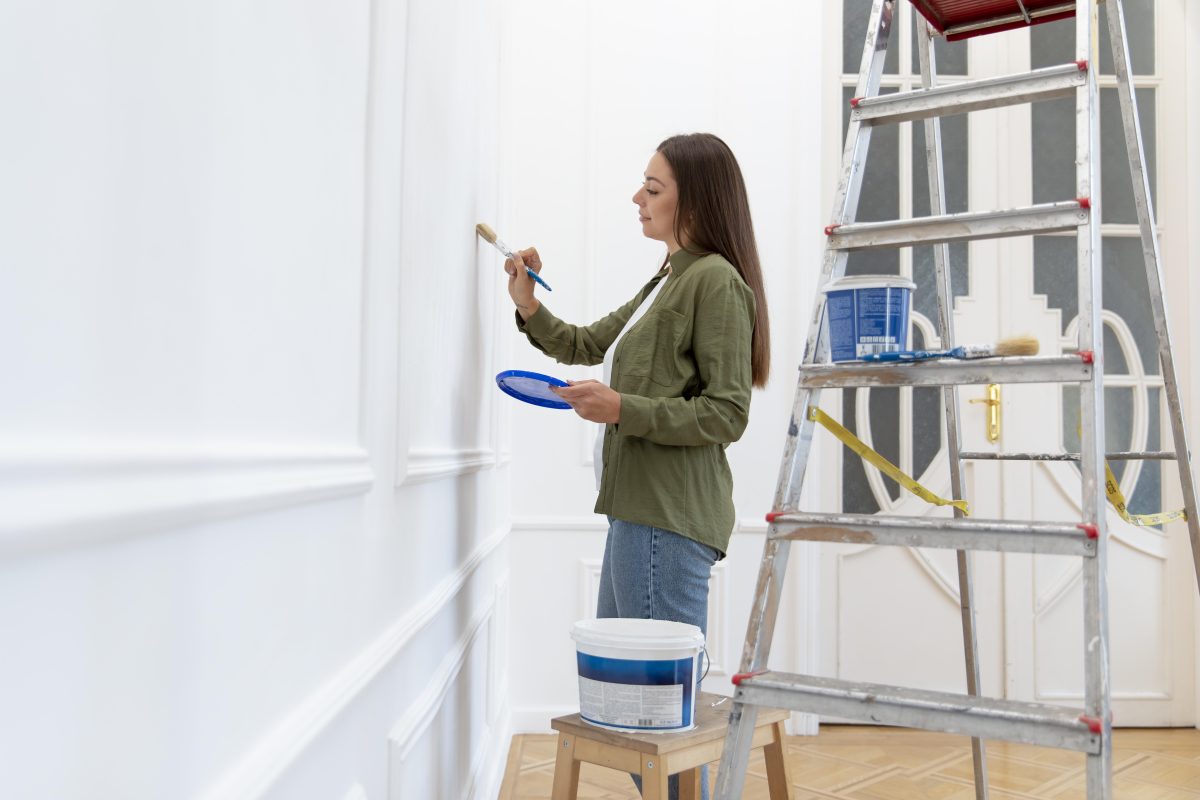House painting is a transformative and essential aspect of home improvement that can breathe new life into any space. Whether you’re looking to refresh the exterior or revitalize the interior, a fresh coat of paint has the power to enhance the aesthetics and value of your home. However, the cost of painting a house can be a significant concern for many homeowners. The good news is that with strategic planning and smart choices, it’s possible to save money on house painting without compromising on quality.
Planning and Preparation
Planning and preparation are foundational to the success of any house painting project. Before embarking on the painting endeavor, it’s essential to meticulously assess the scope of work, including the surfaces to be painted and the quantity of materials required. Careful consideration of the color scheme, paint type, and finish can contribute to achieving the desired aesthetic while avoiding unnecessary expenses. Additionally, accurate measurements and surface evaluations are crucial in preventing material wastage and ensuring an efficient use of resources.
Thorough preparation, including surface cleaning, repairing, and priming, sets the stage for a high-quality finish and long-lasting results. Properly preparing the surfaces not only enhances the adhesion and durability of the paint but also helps identify and address any underlying issues that could affect the outcome. Moreover, investing time in meticulous preparation can prevent the need for costly touch-ups or rework, ultimately contributing to cost savings in the overall house painting project.
DIY vs. Hiring a Professional
When it comes to house painting, the decision between DIY and hiring a professional painter involves various factors. For homeowners in Raleigh, the choice may depend on budget considerations, desired project outcomes, and the complexity of the painting job. Professional painters from Raleigh bring expertise, efficiency, and access to professional-grade materials, which can result in a superior finish. However, DIY painting projects offer the potential for cost savings, personalization, and a sense of accomplishment. Assessing the scope of the project, considering individual skill levels, and weighing the pros and cons of each option are crucial steps in making an informed decision.
Maximizing Paint Efficiency
Maximizing paint efficiency is a key strategy in controlling costs while maintaining quality in a house painting project. Utilizing the right application techniques, such as proper brushing and rolling, can lead to optimal coverage with less paint, reducing overall material expenses. Additionally, ensuring thorough surface preparation, including priming and addressing any imperfections, promotes paint adhesion and minimizes the amount of paint required. By maximizing paint efficiency, homeowners can achieve an appealing and durable finish while being mindful of their budget.
Strategic Timing
Strategic timing plays a crucial role in the success of a house painting project. Choosing the right time to undertake the painting endeavor, considering factors such as weather conditions and seasonal variations, can significantly impact the quality and longevity of the paint finish. For instance, painting during dry and mild weather enhances paint adhesion and drying times, while avoiding extreme temperatures and high humidity that can affect the application and curing process. Furthermore, aligning the painting schedule with off-peak seasons may potentially result in cost savings and easier access to professional painters, making strategic timing an essential consideration for homeowners seeking to optimize the outcomes of their house painting project.
Budget-Friendly Alternatives
Incorporating budget-friendly alternatives can significantly impact the overall cost-effectiveness of a house painting project. For instance, opting for high-quality but more affordable paint brands or considering semi-gloss finishes that require fewer coats can help reduce material expenses without compromising on the final aesthetic. Additionally, exploring DIY options for certain preparatory tasks, such as surface cleaning and minor repairs, can contribute to cost savings. Embracing innovative techniques like color blocking or accent walls can also add visual interest to the space without the need for excessive paint, making budget-friendly alternatives an essential consideration for homeowners aiming to balance affordability with quality results.
Maintenance and Long-Term Savings
Maintaining the freshly painted surfaces is essential for long-term cost savings. Regular upkeep and prompt repairs can extend the lifespan of the paint job, reducing the frequency of repainting and associated expenses. Simple measures such as cleaning walls regularly, addressing moisture issues promptly, and using durable paint products can contribute to long-term savings and preserve the investment in house painting.
In conclusion, achieving a high-quality house painting project while keeping costs manageable is indeed possible. By approaching the project with careful planning, considering the DIY versus professional options, maximizing paint efficiency, leveraging strategic timing, exploring budget-friendly alternatives, and prioritizing maintenance, homeowners can strike a balance between cost savings and quality results. When it comes to house painting, informed decisions and thoughtful choices can lead to a successful outcome that enhances the home without breaking the bank.






